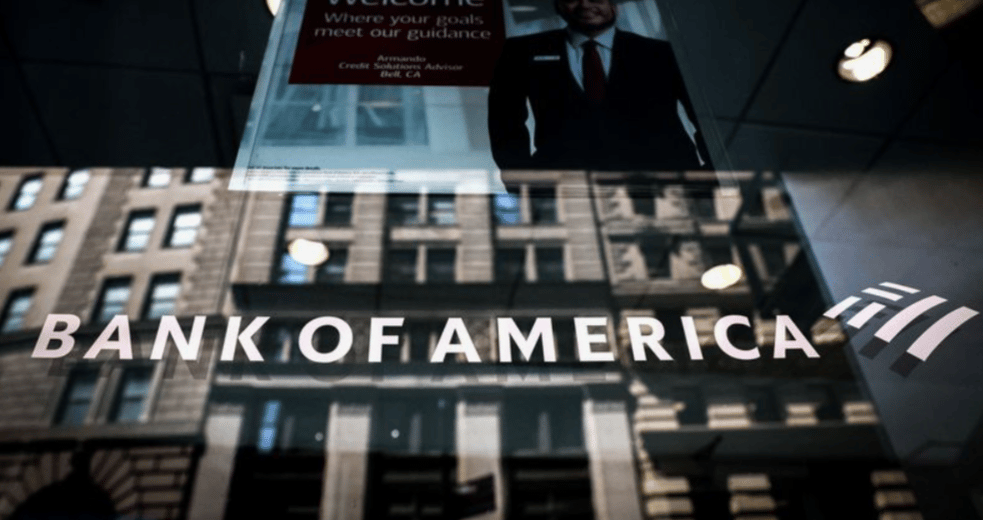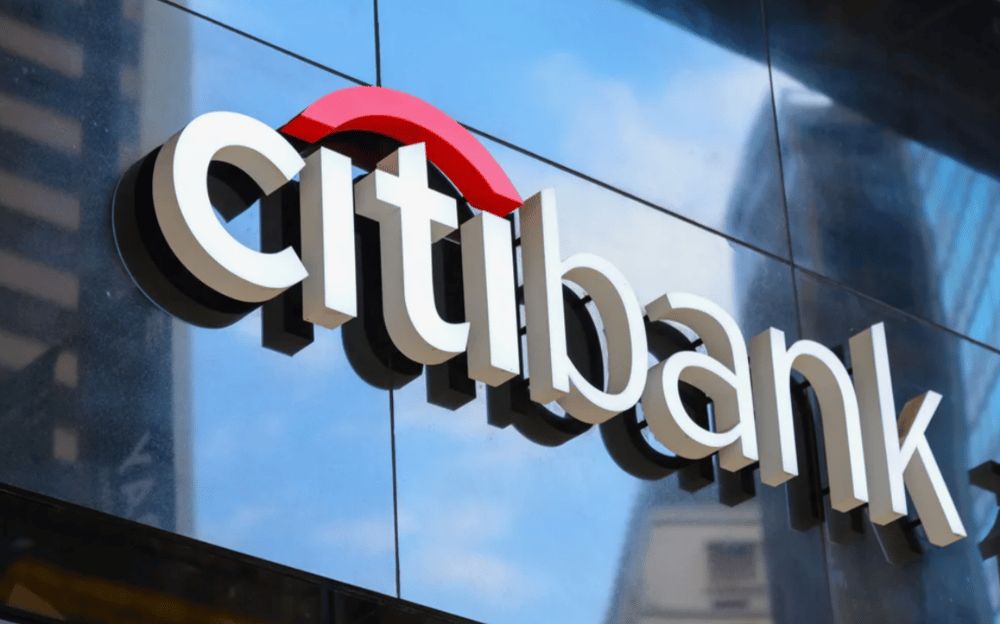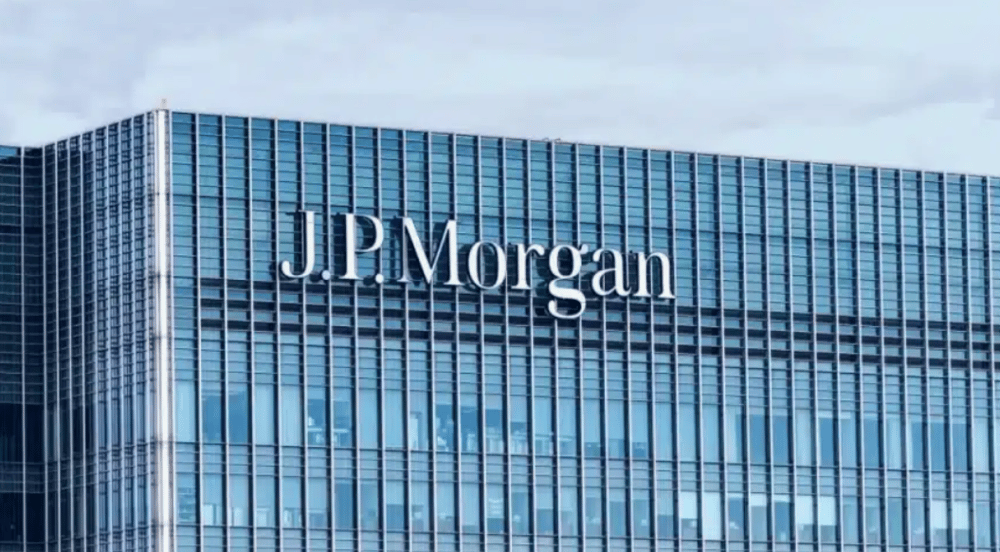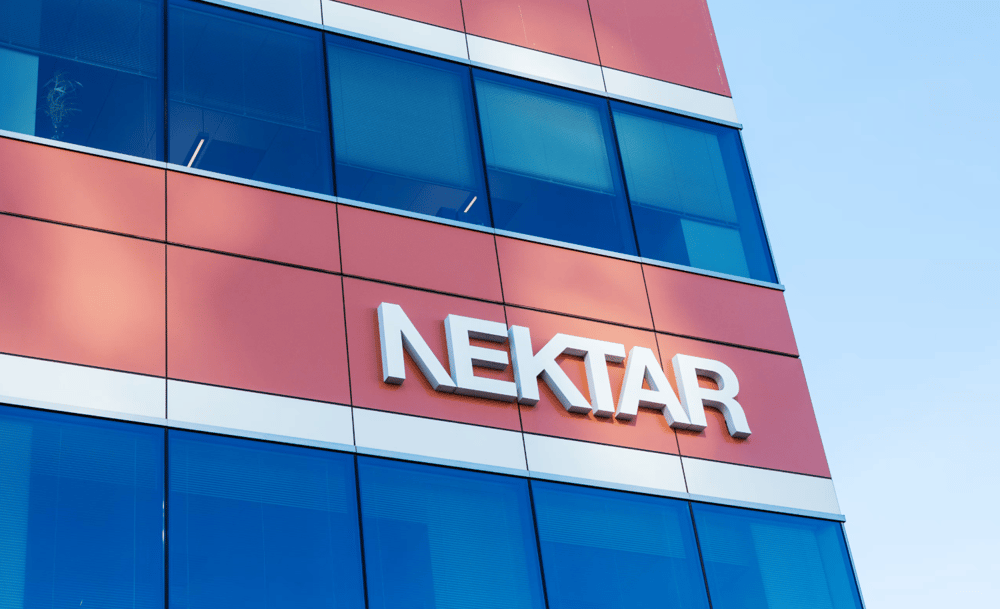JPMorgan, Bank of America, and Citigroup Consider Joint Stablecoin Amid U.S. Banking Sector Innovation
A consortium of major U.S. banks, including JPMorgan Chase $JPM, Bank of America $BAC, Citigroup $C, and Wells Fargo $WFC, is reportedly in early discussions to launch a shared stablecoin. According to a Wall Street Journal report citing individuals familiar with the talks, the initiative represents a coordinated attempt by traditional financial institutions to enter the digital currency landscape.
Though still in its conceptual phase, the project underscores growing institutional interest in blockchain-based payment systems as regulatory clarity in the U.S. slowly advances. The discussions come as stablecoins — cryptocurrencies pegged to fiat currencies like the USD — increasingly gain traction for their potential in streamlining settlements, reducing fees, and enhancing transaction speeds in both retail and wholesale banking.
A Strategic Response to Fintech Disruption
The stablecoin concept under consideration would be backed by bank deposits and regulated under existing frameworks, potentially offering a more stable and compliant alternative to decentralized tokens such as Tether $USDTUSD or USD Coin (USDC). The move may also be seen as a defensive strategy to counter the rise of fintech players and private digital asset platforms that have begun to erode banks’ dominance in payments infrastructure.
Should this stablecoin initiative proceed, it would mark a significant shift in how legacy financial institutions approach digital innovation, moving from fragmented blockchain pilots to a more unified infrastructure solution.

What’s in Motion
Participants: Discussions involve banks with established digital and blockchain units.
Timing: The concept remains in its formative stage; no launch timeline has been confirmed.
Architecture: Likely to be blockchain-based and backed by insured deposits.
Motivation: Preserve relevance in digital payments and counter fintech encroachment.
Regulatory Outlook: Likely structured to comply with current U.S. financial regulations.
Consolidation, Compliance, and Competitive Edge
A joint effort by traditional banks to issue a stablecoin would address several issues currently plaguing the digital asset market — particularly trust, compliance, and systemic risk. Leveraging their regulatory experience and capital backing, these banks could create a stablecoin designed specifically for institutional-grade payments, corporate treasury functions, or real-time settlement between counterparties.
From a competitive standpoint, such an asset could serve as a direct rival to privately issued coins and Central Bank Digital Currencies (CBDCs) currently in development by monetary authorities like the Federal Reserve.

Key Developments to Watch
Consortium Formation: Formalization of the bank group and governance model.
Technical Infrastructure: Choice of blockchain architecture and custodial solutions.
Regulatory Positioning: Coordination with the Office of the Comptroller of the Currency (OCC) and Federal Reserve.
Market Reception: Institutional and corporate adoption rates of a bank-issued digital asset.
Competitive Response: How fintech and crypto-native firms might counter or integrate with such a solution.
Implications for the Broader Financial Ecosystem
While early-stage and subject to change, this initiative may represent a turning point in how traditional banks participate in the digital finance revolution. If implemented, a bank-backed stablecoin could become a trusted instrument for high-value transfers and offer scalability not yet realized by decentralized crypto alternatives.
Moreover, by building collaboratively rather than independently, U.S. banks may be able to establish industry-wide standards that align with both regulatory compliance and technological innovation — potentially giving the U.S. financial system an edge in the global race toward digital currency infrastructure.















Comments
Pioneering collaborations like this are setting new standards for digital transformation